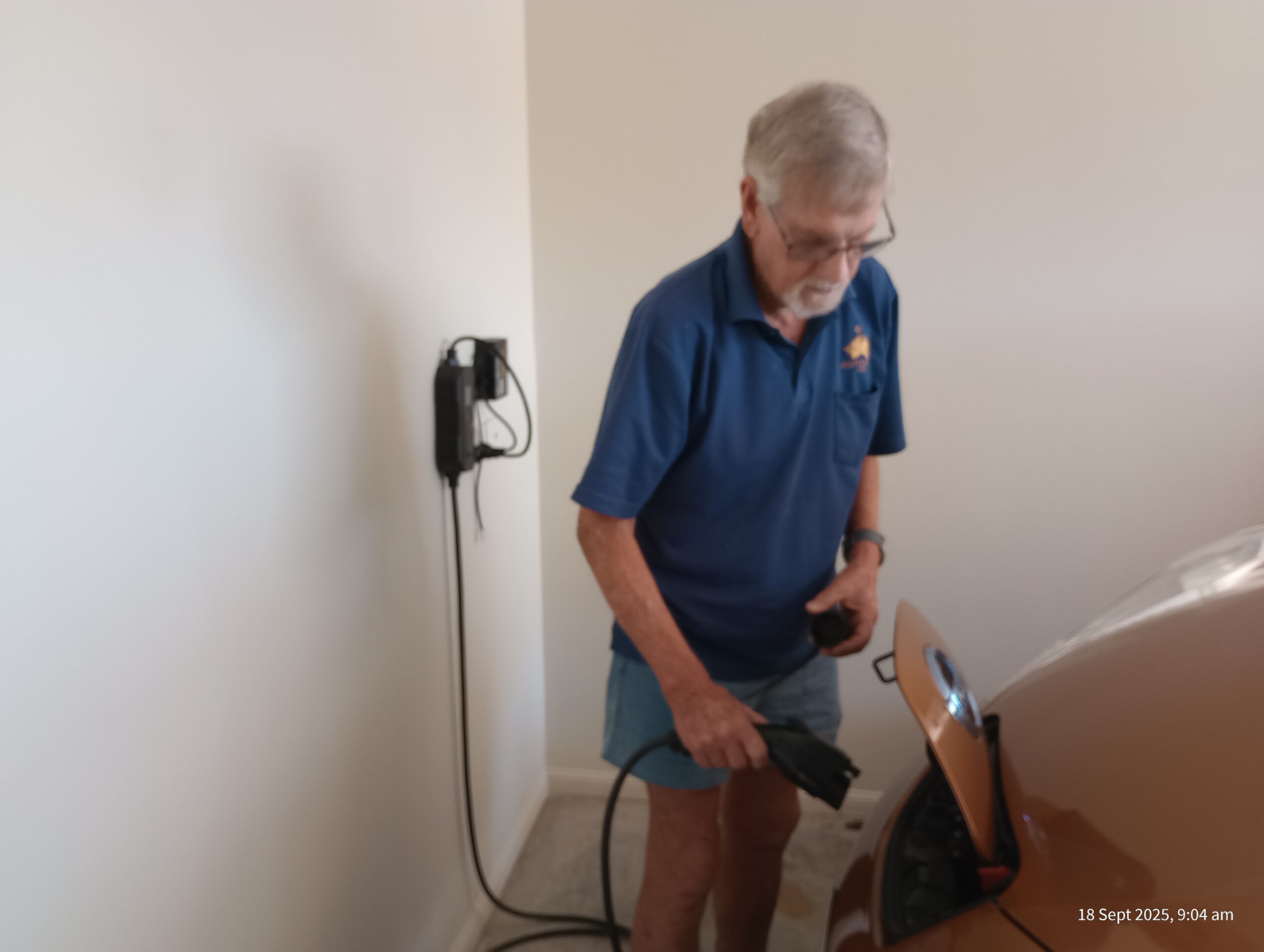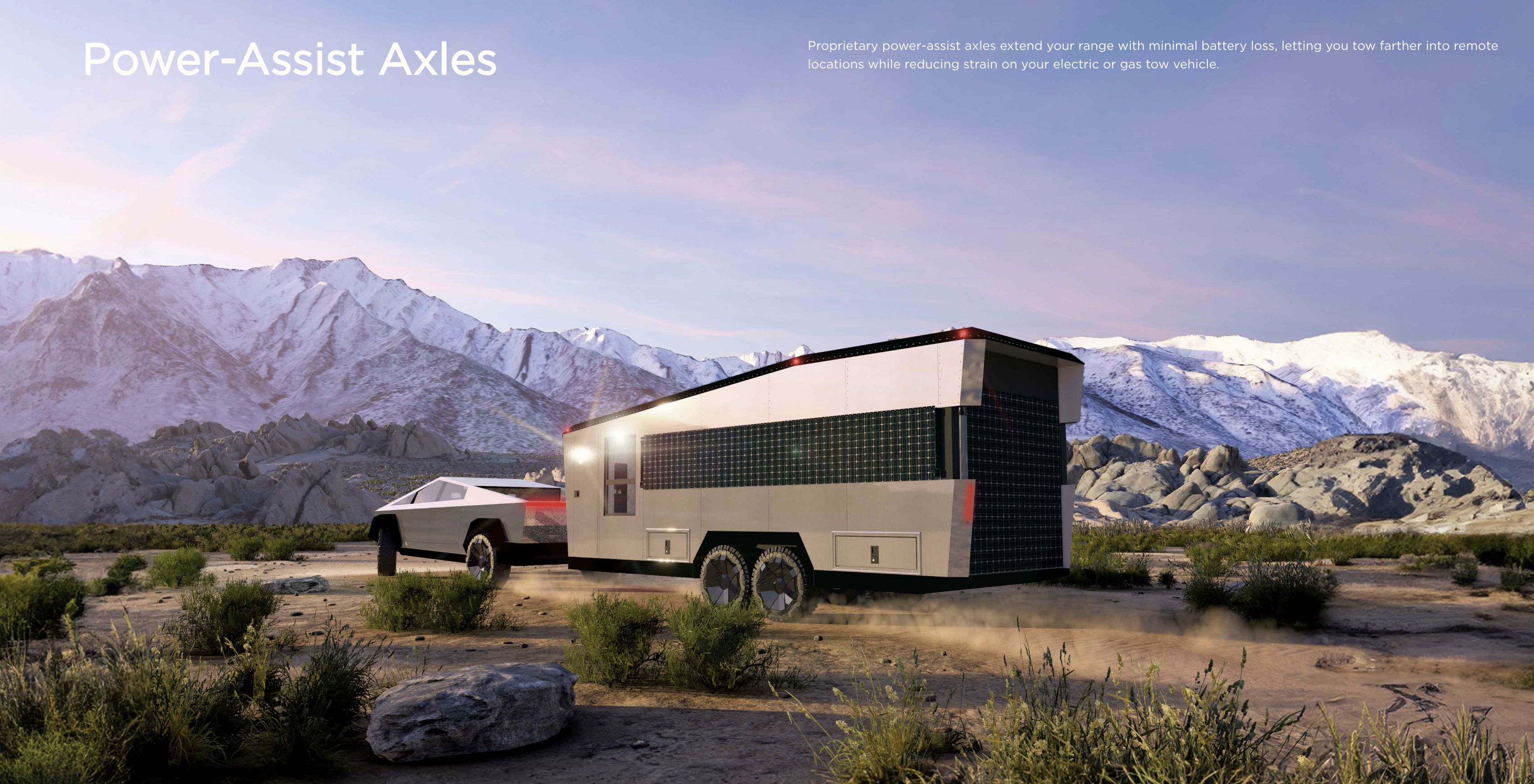Support CleanTechnica’s work through a Substack subscription or on Stripe.
“What is it like to purchase and own a second hand electric car?” I asked Pat Pheeney at one of our recent EV owner meetups. He is the proud owner of the 9-year-old Nissan LEAF that stood out in the carpark. We met at the Cake & Coffee meeting at the Pelican Waters Powerboat Club a few weeks ago. He graciously accepted my request to share his story with CleanTechnica readers.

Having paid the going rate of AU$15,000 for it in 2023, he thinks it is probably only worth around AU$10,000 nowadays, “if that.” He blames the cheaper Chinese EVs (with longer range and more tech) entering the Australian market (see our latest stats here) for the depreciation. Old tech depreciates rapidly. “The release of $35,000 to $40,000+ Chinese EVs has made the older LEAFs less valuable I think.”
A quick Google search tells us that a 2016 Model LEAF can be had for about AU$10,000–15,000, so Phil is right on the money. Of course, “prices vary based on trim level, condition, mileage, and battery health. For example, a basic model might be around $10,000, while higher-end versions could be closer to $15,000 or more. The 30 kWh battery models can have issues, so checking the battery health report is crucial before buying.” Carsales.com lists 63 for sale, so there is plenty of choice.
Anyway, enough from me — let’s hear Phil’s story in his own words:
By Pat Pheeney, as told to David Waterworth
“Why did I choose to go electric? I would love to say it was environmental concerns, but it was more basic than that. As I’ve aged, I have been having trouble working on my cars, as my arthritis & general aging made it difficult to do anything major. And as a mechanic from the ’60s & ’70s, when I look under the bonnet of current cars, I don’t recognise much. So, I thought that if I got an EV, I wouldn’t even be tempted to fiddle with it. And maybe the fact that I could fuel it up for almost nothing from the house solar power might have had some bearing on the decision. And it was my chance to play with a new (to me) toy!

“I’d had 4wd traybacks [utes] for around 50 years, but after coming to live in town, had no need for one. In 3 years, I had only clocked up 2,000 km, so I thought I would sell & get something a little smaller. I had been reading about EVs for a number of years. In 2021, I had been watching with anticipation the build-up to the release of the BYD Atto 3, which was supposedly going to be launched under $40,000, which I thought could be a good main car for us to replace our similar sized turbo diesel SUV. The Atto 3 was finally released in 2022 at a price of $47,000, which was too expensive for us, so, because the only other EV alternative (in our price range) was the MG ZS EV, which we dismissed because of the driving range, we replaced our old SUV with a new Chinese petrol SUV. (And so far, no regrets).
“In 2023, I was scheduled for a heart operation, so I again started looking to replacing the truck with something smaller that I didn’t have to climb into, so I started looking at EVs again. As my budget only ran to buying a second-hand car, it was a toss-up between another ICE car of which there were plenty or a Mitsubishi i-MiEV (scarce) or a Nissan Leaf (not scarce).

“So, since the Leaf was the only car in my price range, I test drove a couple and was quite amazed at the smoothness & power. I dismissed two because of either age or battery degradation and purchased a 2016 model with a 24-kWh battery still with 77% battery life (SOH). It had done 85,000 km. The Leaf shows the SOH (State of Health) on the dashboard in a series of bars, which is very handy. You can get a more accurate reading of the SOH using an inexpensive Wi-Fi or Bluetooth OBD dongle & a phone app.

“Because of the limited range of the car (maybe around 120 km), it was always going to be a car for just driving around the Sunshine Coast, [north of Brisbane in Queensland]. And it fits the role of shopping trolley and taxi admirably. And, yes, because you really want to know, with the back seats and passenger seat down, it will fit 2.4m lengths of 70mm x 35mm timber wall studs inside. (A Tardis on wheels.)
“Friends have been impressed with the quietness and roominess. I once stopped at an intersection and I was asked if it had stalled! A couple of people have said they are thinking about an EV for their next car, but I have also had questions about what happens to the batteries when they get old, which I can’t answer, but also statements by people who have never even driven an EV, ‘Yeah but they catch fire easily!’
“I charge at home with a granny charger that just needs a normal household 10 amp power point. Because it only has a small battery, it doesn’t take long to put in a 20–30% charge. I only charge when the sun is shining to take advantage of my solar panels, and unless a cloud passes over, it doesn’t use any power from the grid.

“It has been and continues to be a great little car for a local runabout, and has exceeded my expectations. But because I’m starting to find it a little difficult to climb up out of the seat at times, I will soon be looking around for a second-hand SUV EV in the near future, and because an SUV has higher seats, it should be easier to slide in and out of. There are a few starting to trickle onto the market now, but they are still retaining their price. But whatever it is, it will definitely be an EV, because I can’t see myself going back to an ICE vehicle.”
I asked about the pros and cons.
“Pros: Can charge at home for little cost; goes like a rocket (not the explosive type); quite roomy; smooth & quiet; and, brings a grin to my face.
“Cons: Limited driving range; and … no, that’s about it!”
Thanks for sharing, Phil. I would suggest you share with your sceptical friends the EV fire data at EV firesafe and the many stories about the reuse of EV batteries. Here’s one example from an enterprising engineer in Brisbane.
With one in six new cars being sold in Australia having a plug, and the pending company and government cars coming off lease, there is sure to be a wider selection of second-hand EVs available for value-conscious buyers like Phil in our bright and electric future.
Sign up for CleanTechnica’s Weekly Substack for Zach and Scott’s in-depth analyses and high level summaries, sign up for our daily newsletter, and follow us on Google News!
Have a tip for CleanTechnica? Want to advertise? Want to suggest a guest for our CleanTech Talk podcast? Contact us here.
Sign up for our daily newsletter for 15 new cleantech stories a day. Or sign up for our weekly one on top stories of the week if daily is too frequent.
CleanTechnica uses affiliate links. See our policy here.
CleanTechnica’s Comment Policy



